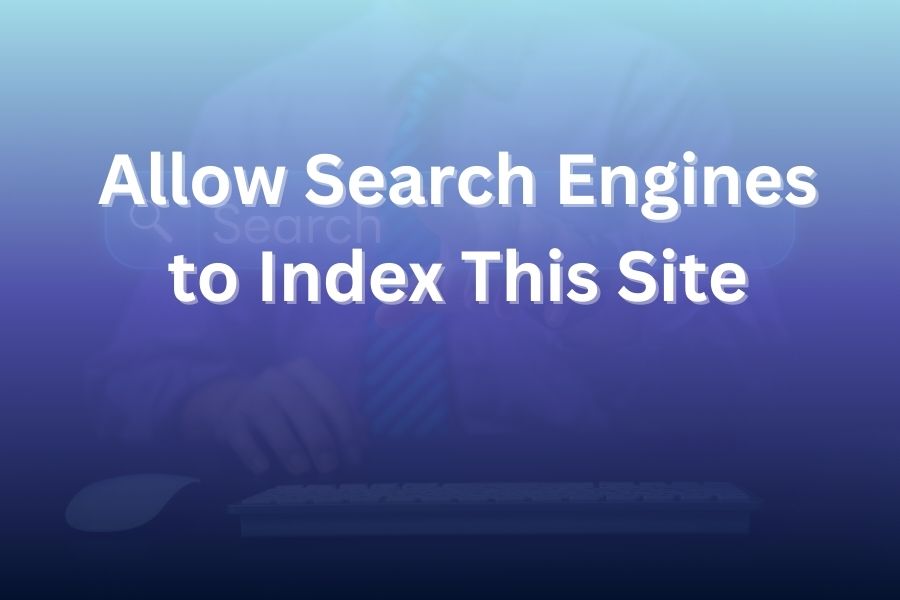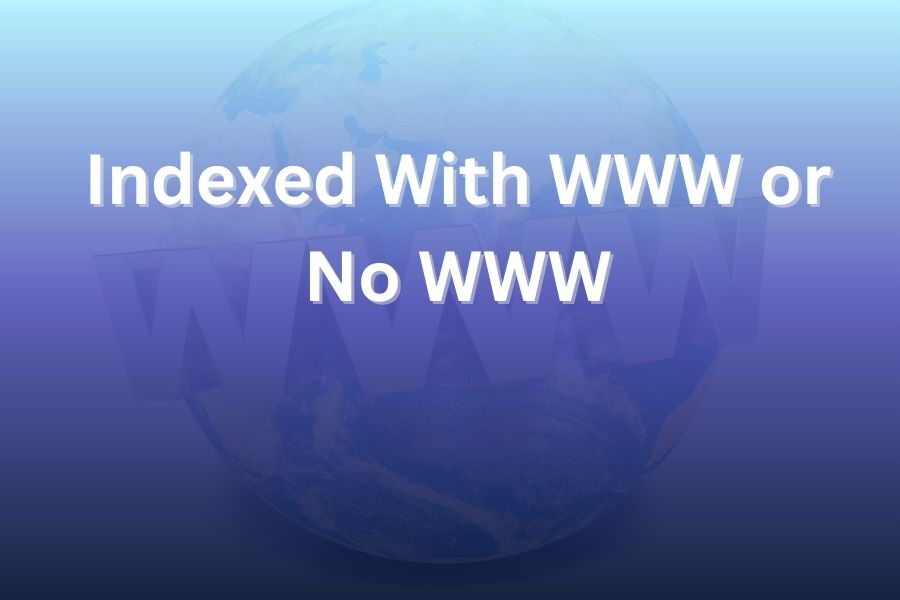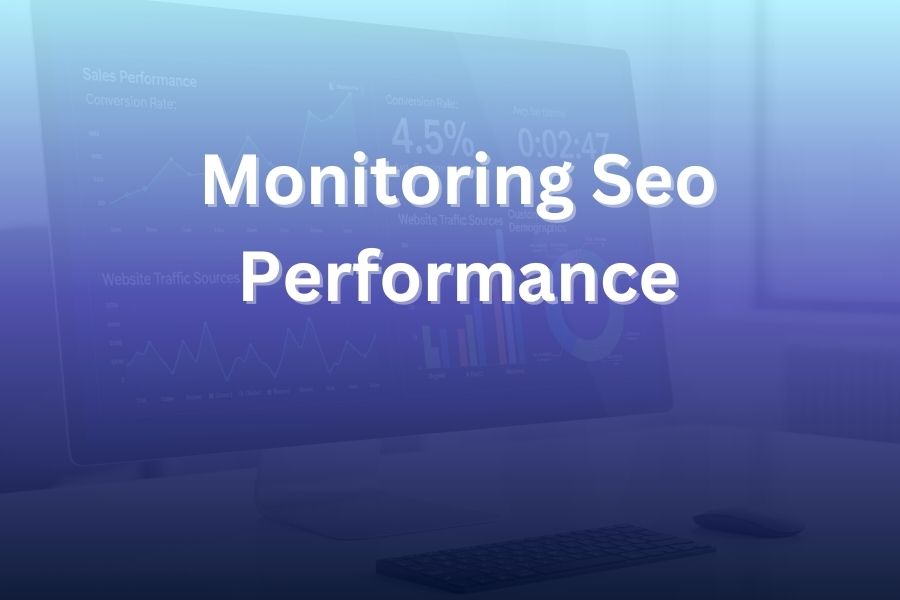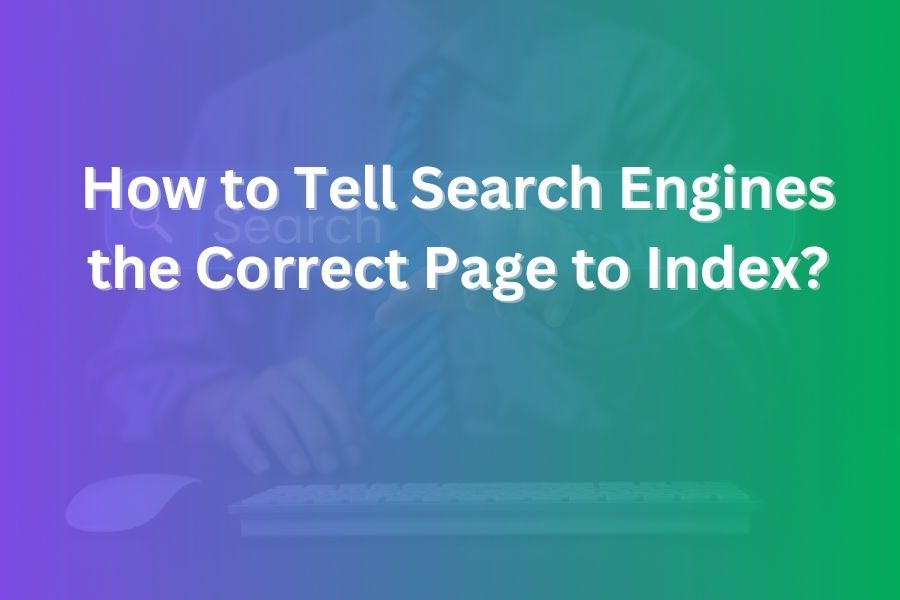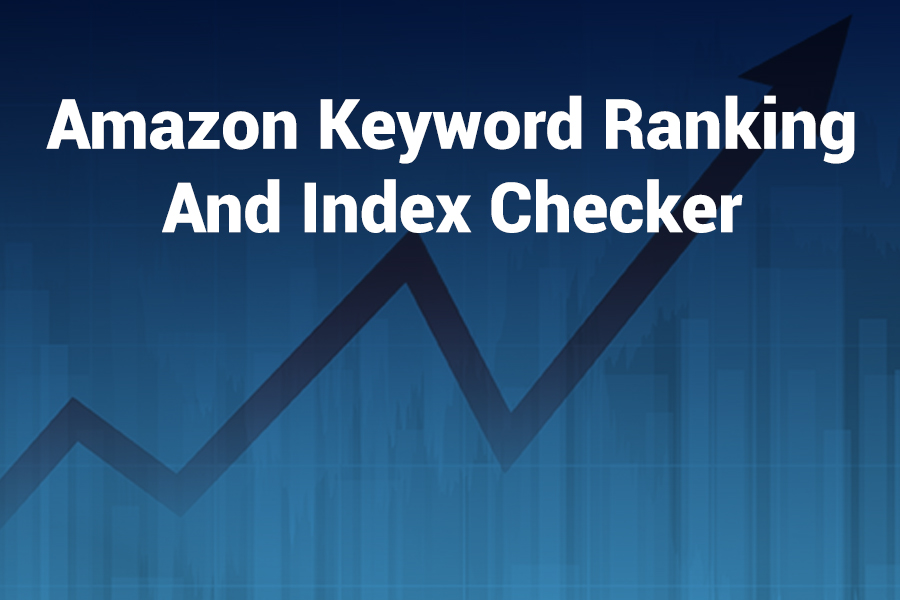
If you’re selling on Amazon, you know the battle: your product could be stellar—but if it doesn’t show up when shoppers search, it’s invisible. In 2025, mastering how to check keyword ranking and indexing on Amazon is critical.
In this article you’ll learn clear steps and advanced tactics to monitor your keyword performance, ensure your listings are indexed properly, and optimize your strategy for maximum visibility in the U.S. marketplace.
Understanding Keyword Ranking vs. Indexing on Amazon
Keyword ranking refers to where your product appears after a shopper types in a search term. It’s the position your ASIN holds in the search results for that keyword. Indexing, on the other hand, means whether your product is eligible to be shown for that search term at all. If you’re not indexed, no matter how optimized you are, your listing will never rank for that term.
In 2025, the Amazon A10 algorithm and its newer updates emphasize user intent, listing relevance, and performance signals over keyword stuffing. That means you must ensure your listing is indexed before you chase ranking—and then focus on improving ranking once indexed.
Why This Matters Now More Than Ever
Over 60% of clicks on Amazon go to the top three organic results, and about 70% of shoppers never go past the first page. You can lose most of your potential sales if you’re stuck below the fold. Optimizing indexing and ranking gives you the edge.
Also, indexing matters because even if you include a keyword in your title, bullets, description, or backend, Amazon might not register that you are eligible for that keyword unless the listing structure aligns and performance supports it. Indexing failures often happen with variations or new listings that lack sufficient data.
How to Check Your Keyword Indexing
Follow these steps to manually check whether your product is indexed for a given keyword:
- Go to Amazon.com and select All Categories in the search bar.
- Enter your product’s ASIN plus the keyword you are testing (for example: B07XXXX XXX waterproof phone case).
- Press Enter. If your product appears in the results (within a few pages), you are indexed for that keyword.
- If you see “We couldn’t find any results…” your product is not indexed for that term.
Repeat this check after 24–48 hours of making listing changes such as editing titles or bullet points since indexing updates can take time.
For bulk checking, you can use ranking and indexing tools that automate this process.
Why Some Keywords Don’t Index—and How to Fix It
There are several reasons why your keywords may not index properly:
- Listing variations: Parent or child SKUs might not share keywords. Each variation must be individually indexed.
- Backend keyword errors: Use the full 250-character space wisely for alternate spellings, plural forms, and common misspellings.
- Keyword stuffing: Overuse of terms can trigger suppression or poor indexing.
- Low sales or weak conversions: Amazon’s model may not consider your listing relevant if sales performance is low.
To fix indexing issues, adjust listing fields, check variation structures, improve sales velocity, and make sure you’re using backend keywords correctly.
Tracking Keyword Ranking and Performance with Tools
Once you’re sure your listing is indexed, it’s time to track your ranking. Keyword tracking tools help you understand where your products stand in Amazon search results and how they change over time.
Look for tools that provide:
- Daily or real-time keyword position updates
- Historical ranking trends and progress charts
- Competitor keyword analysis and reverse ASIN lookup
- Notifications for ranking drops or delisting
Popular tools in 2025 include Helium 10, Jungle Scout, Trellis, and DataHawk. Choose a tool that offers accurate U.S.-specific data and consistent updates.
Building a 2025-Ready Keyword Strategy for Indexing and Ranking
Start by brainstorming all potential keywords your target customers use. Think about product type, benefits, pain points, and features. Then expand your list using keyword research tools to find long-tail and high-intent variations.
After gathering your list:
- Use your primary keyword in the title naturally.
- Add secondary keywords in bullet points and description.
- Insert synonyms and misspellings in the backend search fields.
- Keep phrases conversational and avoid repeating words unnecessarily.
Monitor each keyword’s indexing and ranking regularly. If a keyword drops out of indexing, review your title, bullets, and backend fields.
Common Mistakes to Avoid in 2025
- Keyword stuffing: Over-optimized listings read poorly and get flagged by Amazon’s algorithm.
- Ignoring variations: Each child listing needs individual optimization.
- Focusing only on listings: Ranking also depends on traffic, conversion, and reviews.
- Not monitoring performance: You should track ranking weekly to catch drops early.
Advanced Tactics for Index Checking and Ranking Improvement
- Use reverse ASIN research to uncover competitor keywords that you haven’t targeted yet.
- Segment keywords based on buyer intent—like “best gift,” “budget-friendly,” or “premium option.”
- Drive external traffic from social media, blogs, and email campaigns to boost ranking authority.
- Optimize your CTR and conversion rates with professional images, A+ content, and benefit-focused titles.
- Perform a monthly indexing audit to make sure all your main keywords are still indexed.
Your 2025 Index and Ranking Checklist
Use this checklist monthly to stay ahead:
- Verify indexing for your top 20 keywords.
- Track ranking positions and flag major drops.
- Review impressions, clicks, and CTR.
- Check conversion rates and customer feedback.
- Update keywords and remove low-performing ones.
- Audit listing fields for consistency.
- Monitor competitor movement in your keyword set.
- Test external traffic campaigns for ranking boosts.
Conclusion
Success on Amazon in 2025 depends on precision, tracking, and adaptability. Sellers who understand both keyword indexing and ranking will have a major advantage over competitors.
Make indexing your foundation, monitor rankings with the right tools, and continuously refine your listings based on data. Consistent optimization and active tracking are what separate top sellers from the rest.


